Does rose summer mix coffee beans belong to individual coffee beans? Introduction to the combination of Flower Butterfly and Milasu Rose Summer
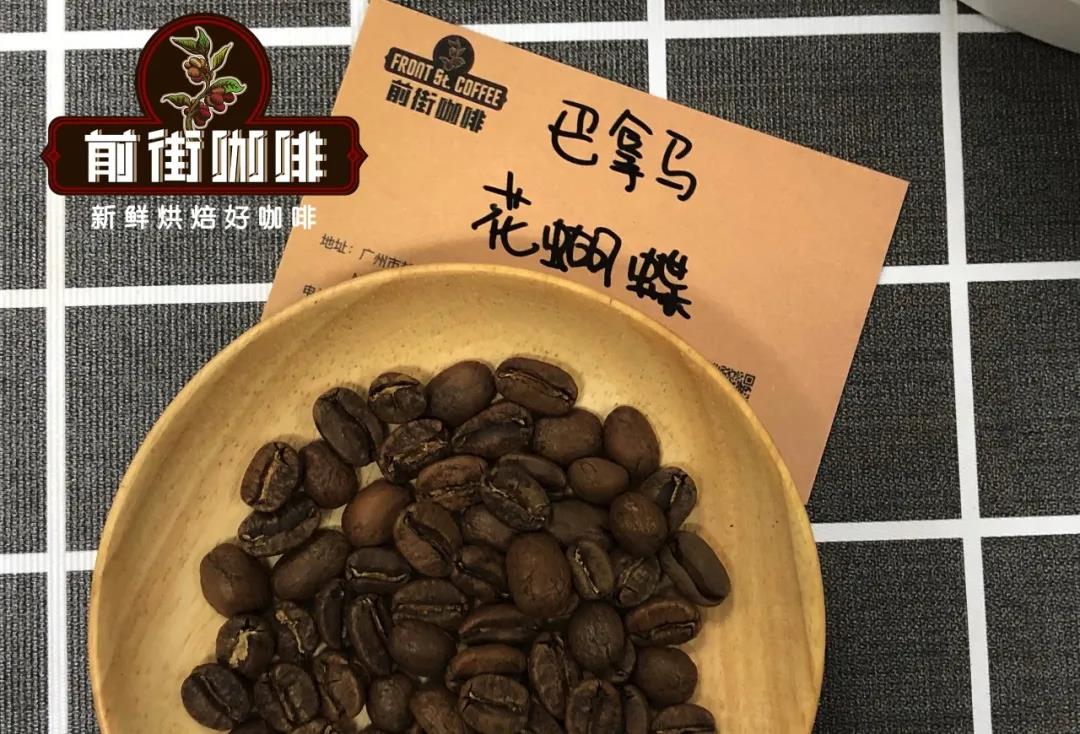
Professional coffee knowledge exchange more coffee bean information please follow the coffee workshop (Wechat official account cafe_style)
In the front street coffee, you will find two kinds of rosy summer coffee, one is Panamanian butterfly coffee, the other is Costa Rican Milasu roses summer coffee, although both are called "blended coffee", but they are veritable individual coffee beans.
Rose Summer makes its debut in Panama and Costa Rica
Rosa was discovered in the rose forests of Ethiopia in 1931 and later sent to the Coffee Institute in Kenya, introduced to Uganda and Tanzania in 1936 and Costa Rica in 1953.
Rosa coffee was introduced from Costa Rica to Panama by Don Pachi Serracin in 1963. Because the yield is not high, it directly affects the harvest, and the coffee farmers are not willing to plant it. Until Daniel Peterson, the owner of the Panama La Esmeralda Manor in Panama, accidentally found that the coffee beans produced by the rosy summer coffee tree, which was originally used as a windbreak at the top of his coffee estate, actually had the unique citrus and flower flavor of African beans, so he separated his coffee beans and took part in the 2004 Panama Coffee Bean Cup Test Competition and became a hit. Rose Xiadou has been unstoppable since then, and has won the Panamanian coffee cup test competition for many years. In the eyes of boutique coffee lovers all over the world, Rosa coffee beans are undoubtedly the supreme treasure.
Front Street Coffee Panama Flower Butterfly Coffee
Producing area: Pokuit, Panama
Altitude: 1600m
Varieties: 70% Rosa, Kaddura, Kaduai
Treatment method: washing treatment
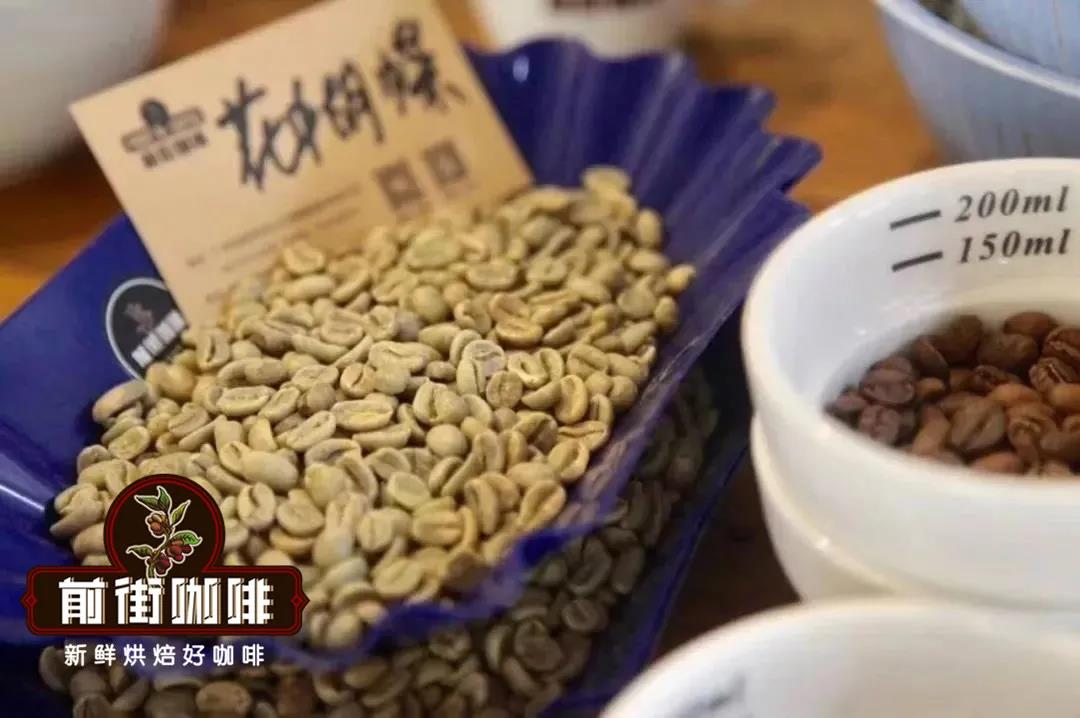
The flower butterfly is composed of 70% rose summer coffee varieties, which is composed of Rosa geisha, Kaddura Caturra and Kaduai Catuai. It is planted in the Baru volcano region of Pokut and grows in the volcanic area at an altitude of 1600 meters. The treatment plant uses fine washing treatment. The special local microclimate of Panama leads to abundant rainfall and a large temperature difference between day and night, coupled with the unique volcanic soil of the volcanic area. As well as meticulous harvesting and fine treatment, this coffee performs well in terms of richness, acidity and floral aroma.
Rose summer combination of Milasu Manor in Costa Rica
Producing area: Tarazhu, Costa Rica
Manor: Milasu Manor
Altitude: 1700m
Varieties: Rosa, ET47, SL28, MAICO
Treatment method: raisin honey treatment
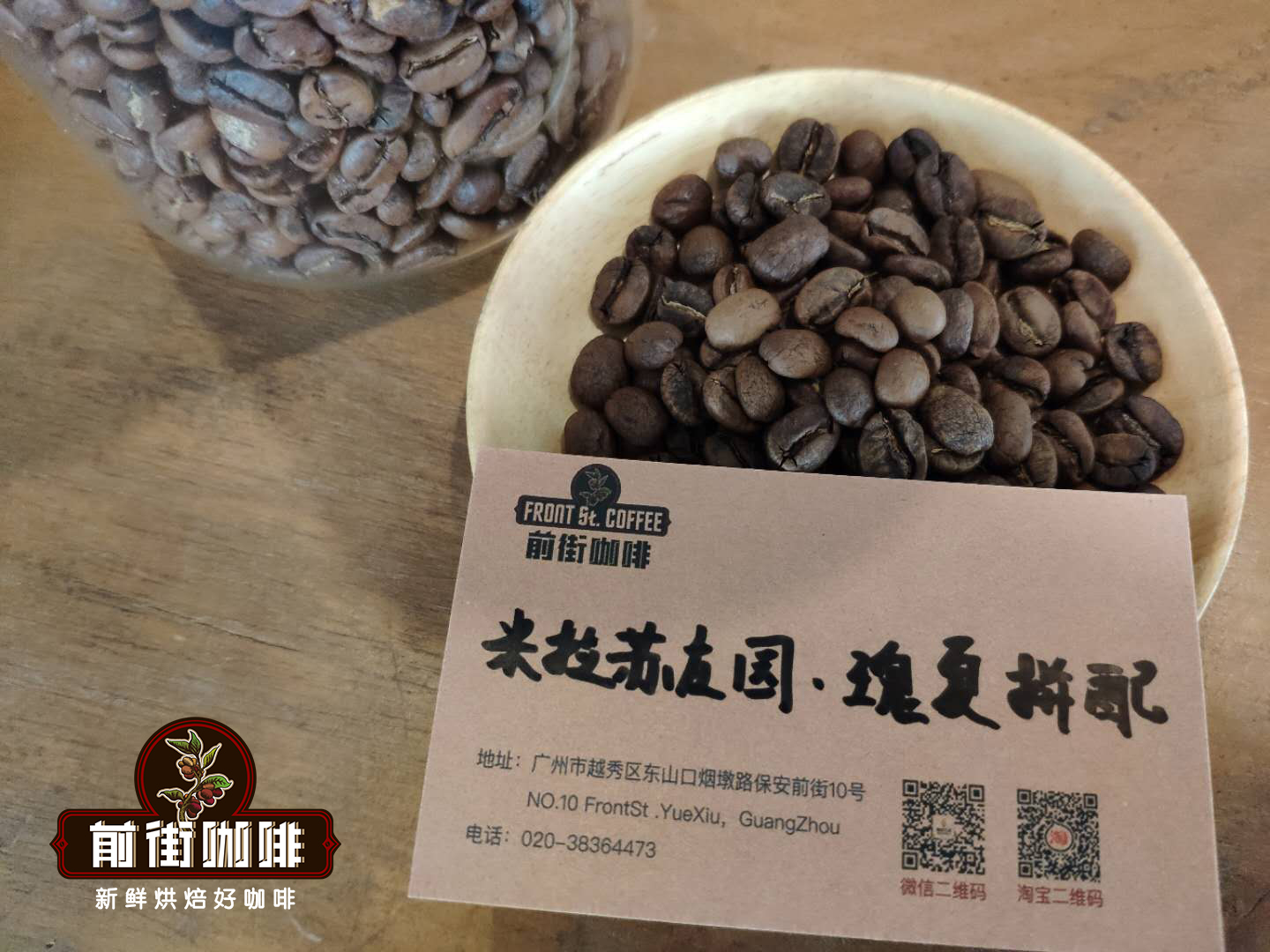
Similarly, the Rose Summer blend from Milasu Manor in Costa Rica is made up of Rose Summer, ET47, SL28 and MAICO, all grown on the same manor and then blended with coffee beans from a single producing area. It is worth mentioning the ET47 and SL28 varieties of coffee beans, ET47, a native species from Ethiopia, many of which were introduced by the Costa Rican Coffee Institute to farmers in the Tarazu region to prevent leaf rust in the 1990s. At the beginning, the goal of breeding SL28 was to produce a large number of coffee beans with high quality and resistance to diseases and insect pests, but in some producing areas, the goal of breeding was mainly high yield, without considering disease resistance. Thanks to the bourbon gene, although the later SL28 yield was not as expected, the copper leaf color and broad bean-shaped beans have great sweetness, balance and complex flavor, as well as remarkable citrus and black plum characteristics.
As to whether these two types of mixed coffee beans belong to the category of individual coffee, Qianjie believes that the general definition of single coffee is coffee from a single area of origin, especially a growing manor and a small producing area. Thus it can be seen that the flower butterfly is grown by small farmers in the tiny Pokuit area, while the Milasu rose summer mix is all from Milasu Manor, which is in line with the definition of single coffee. And what we call Rosa blending coffee is because the beans are not the only one. They are made of Rosa coffee beans as the main force and other varieties of coffee beans in the manor.
Processing methods of coffee beans
The Panamanian Flower Butterfly Coffee is treated with water. The selected coffee cherries are put into the peeling machine to remove their skin and flesh. The raw coffee beans with residual pectin are put into water and fermented for about 24 hours. After fermentation, the raw coffee beans with parchment are washed in a flow tank to remove their pulp and pectin. After washing, dry the coffee beans or dry the coffee beans with the help of a dryer to reduce the moisture content to about 12%. Finally, remove the parchment of raw coffee beans. The water washing treatment can make the rose butterflies have brighter acidity and highlight the floral fragrance characteristics of rose coffee beans.
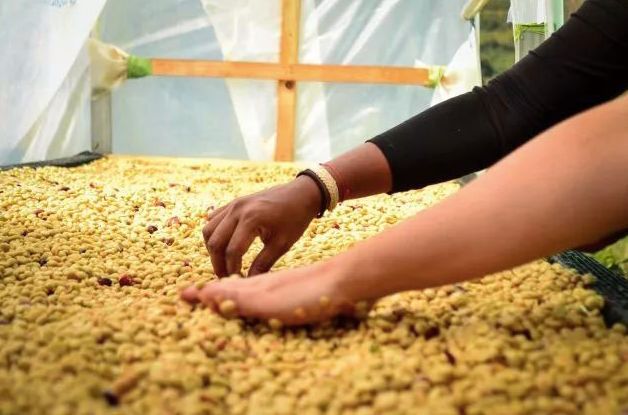
Milasu rose summer blend coffee is treated with dried grape honey, retaining 100% pectin and zero water treatment. It increases the difficulty of the honey processing method, which requires strict control of time. On the day of picking coffee berries, pour the harvested coffee berries into a large trough, and the ripe and full fruits will sink to the bottom of the water; underdeveloped or overripe fruits will surface, and these floating beans need to be removed. Put the screened coffee fruit on an elevated bed to dry for at least three days, then remove the pericarp and retain the pectin before drying. At this stage, climate factors are the key to the success of honey treatment. In the drying process, keep turning these coffee fruits to make the drying uniform, but to grasp the frequency of turning, to dry slowly to ensure that the coffee is fermented, but not so slow that excessive fermentation occurs. The treatment of raisins enhances the sweetness of this bean.
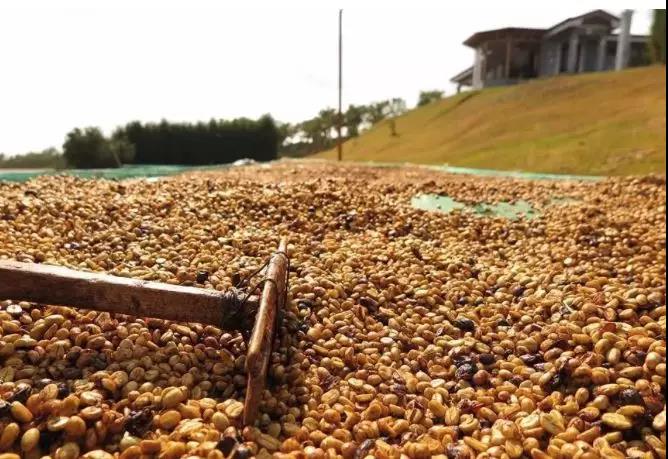
Roasting Analysis of Qianjie Coffee
Because of the particularity of this flower butterfly, the Qianjie baker decided to use medium-shallow baking. Due to the high density and high hardness of beans, they began to be dehydrated by high fire, and before the explosion, the fire was put down to reduce the temperature rise and enter the explosion, so as to retain the loss of small molecules such as flower fragrance, so that it does not destroy the unique fragrance of flowers and white grapes, caramel, honey and black tea.
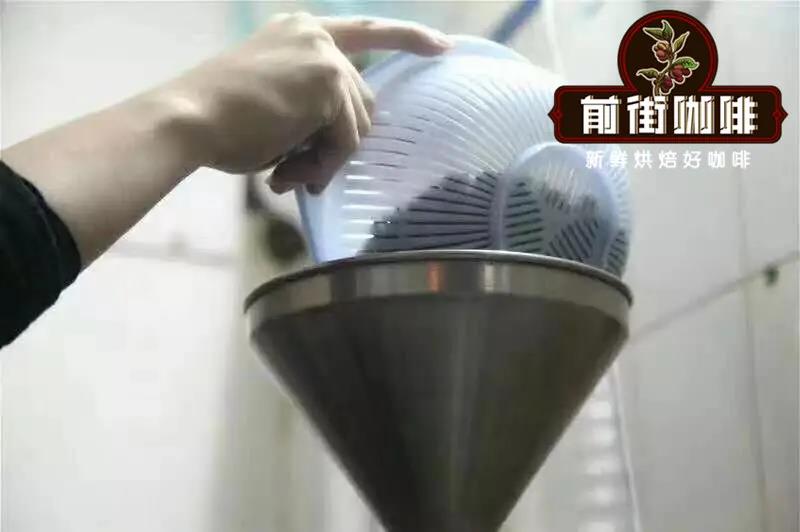
The baking capacity is 550g: the furnace temperature is preheated to 200℃ into the pot, the firepower is adjusted to 160after 30 seconds, the throttle is opened to 3, the temperature recovery point is 31mm, keeping the firepower; the firepower is reduced to 130℃ at 165℃, and the throttle keeps 4 ". After dehydration, the bean surface appears wrinkles and black markings, and the smell of toast changes to coffee, which is a prelude to an explosion. Listen to the sound of an explosion. When the sound of the explosion begins, the throttle is fully open for 5, and the firepower is adjusted to 70 ℃. After an explosion, the development time is 1mm, 39th, 28th, and the pot is 193 ℃.
Suggestion on brewing coffee in Qianjie
Cooking parameters
Water temperature: 90-91 degrees
Degree of grinding: BG#6m (size of fine sugar)
Ratio of powder to water: 1:15
Amount of powder: 15g
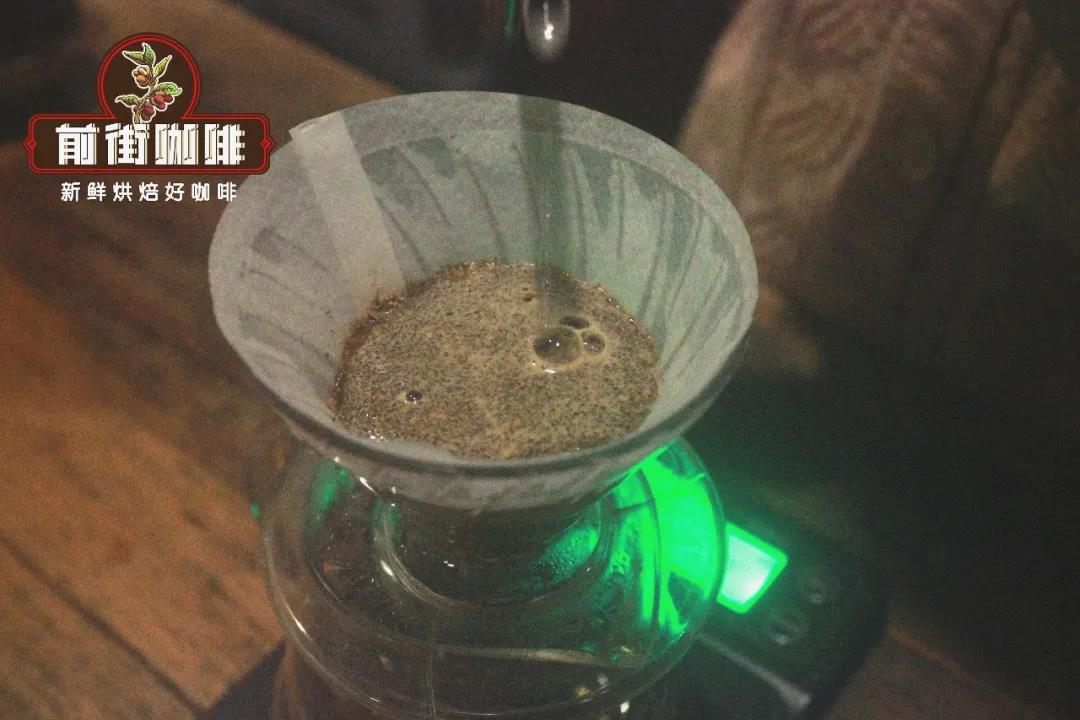
Qianjie cooking technique: the first section is filled with 30 grams of water for 30 seconds, followed by 95 grams (the electronic scale shows that about 125 grams), and the injection is completed in about 1 minute. When the water level drops to the powder layer 2 gram 3, inject the remaining 100 grams (about 225 grams shown by the electronic scale), about 1 minute and 40 seconds. 1, 39, 39, 55, 39, 39, 39, 39, 39, 39, 39, 39, 39, 39, 39, 39, 39, 39, 39, 39, 39, 39, 39, 39, 39, 39, 39, 39, 39, 39, 39, 39, 39, 39, 39, 39, 39, 39, 39, 39, 39, 39, 39, 39, 39, 39, 39, 39, 39, 39, 39, 39, 39, 39, 39, 39, 39, 39, 39, 39, 39, 39, 39, 39, 39, 39, 39, 39, 39, 39, 39, 39, 39, 39, 39, 39, 39, 39, 39, 39, 39, 39, 39, 39, 39, 39, 39, 39, 39, 39, 39, 39, 39, 39, 39, 39, 39, 39, 39, 39,
Floral butterfly flavor: floral aroma, black tea, berries, citrus, finish with light nuts, smooth taste, low bitterness, moderate acidity, middle finish, etc.
Milasu cooking flavor: the fragrance of jasmine, soft acidity, the finish of almonds, obvious sweetness.
For more boutique coffee beans, please add private Qianjie coffee on Wechat. WeChat account: kaixinguoguo0925
Important Notice :
前街咖啡 FrontStreet Coffee has moved to new addredd:
FrontStreet Coffee Address: 315,Donghua East Road,GuangZhou
Tel:020 38364473
- Prev
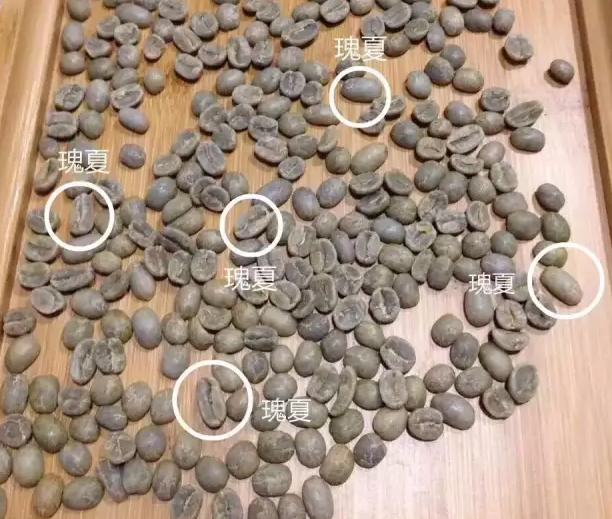
Flower butterflies from the Pokuit region of Panama
Professional barista communication please pay attention to the coffee workshop (Wechat official account cafe_style) [about rose summer] Geisha tree species is one of the native coffee species, some people call it geisha, some people translate as rose summer, her name contains tenderness and floral fragrance, is an unforgettable coffee, but also the winning army of national bidding and cup testing competitions, and won high praise
- Next
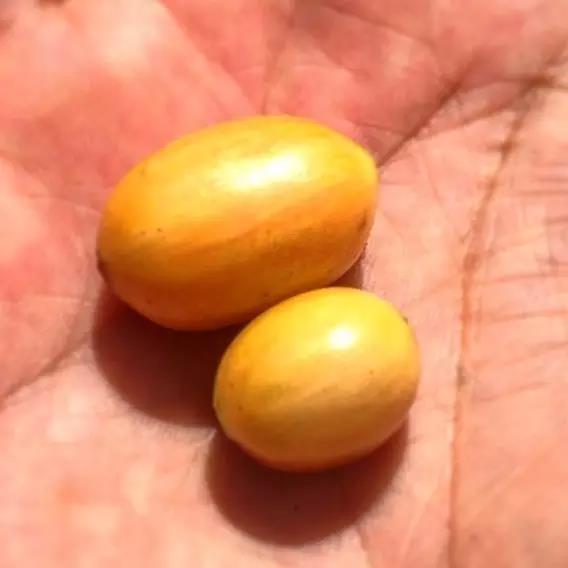
Pacamara, a hybrid breed artificially bred in El Salvador, is a giant baby in the coffee world.
Pacamara is a hybrid bred in El Salvador in 1958. Its parents are Pacas (Pacas) and elephant bean (Maragogype). Pacamara is the combination of the first four letters of their parents: Paca+mara=Pacamara. Comparison between Pacamara fruit and bourbon fruit. The giant baby of the coffee world! Pacamara is characterized by its short tree shape and high yield.
Related
- Detailed explanation of Jadeite planting Land in Panamanian Jadeite Manor introduction to the grading system of Jadeite competitive bidding, Red bid, Green bid and Rose Summer
- Story of Coffee planting in Brenka region of Costa Rica Stonehenge Manor anaerobic heavy honey treatment of flavor mouth
- What's on the barrel of Blue Mountain Coffee beans?
- Can American coffee also pull flowers? How to use hot American style to pull out a good-looking pattern?
- Can you make a cold extract with coffee beans? What is the right proportion for cold-extracted coffee formula?
- Indonesian PWN Gold Mandrine Coffee Origin Features Flavor How to Chong? Mandolin coffee is American.
- A brief introduction to the flavor characteristics of Brazilian yellow bourbon coffee beans
- What is the effect of different water quality on the flavor of cold-extracted coffee? What kind of water is best for brewing coffee?
- Why do you think of Rose Summer whenever you mention Panamanian coffee?
- Introduction to the characteristics of authentic blue mountain coffee bean producing areas? What is the CIB Coffee Authority in Jamaica?

